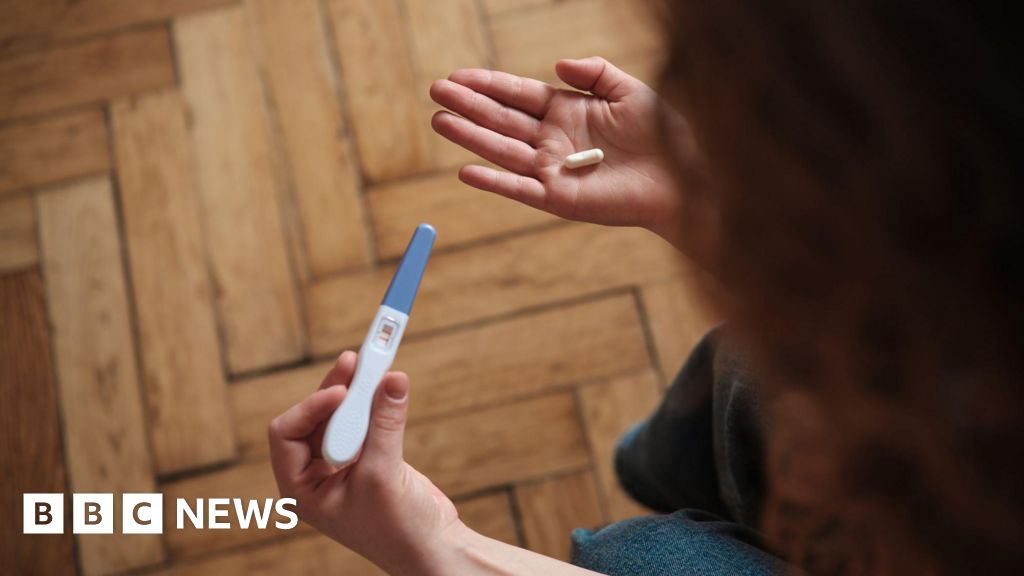You might still think of electric bicycles as quirky tech toys for weekend warriors, but let’s get one thing straight: e-bikes are officially a Big Deal. In Europe and Asia, they’ve already transformed the way people move. Cities like Amsterdam, Berlin, and Seoul have embraced them as legitimate tools for daily mobility.
In the Netherlands and other parts of Europe, e-bikes now outsell regular bikes. In China, they’re the backbone of short-range logistics and daily commutes. Even Southeast Asia, known for its swarms of mopeds, is starting to see a quiet shift to battery power. Meanwhile, the US is fashionably late to the party. Nevertheless, it’s starting to make an entrance.
American brands like Rad Power Bikes and Ride1Up are leading the charge, building tough, commuter-ready rigs for people who want to ditch gas and save a few bucks in the process. Whether you’re hauling kids, groceries, or just your half-awake self to work, these bikes offer practical alternatives to cars, especially in cities where parking is a fantasy and gas prices feel like a bad joke.
Rad Power Bikes is a proudly homegrown, US-based e-bike brand.
Photo by: Rad Power Bikes
Sure, some people still treat e-bikes like recreational toys, perfect for weekend rides or park loops. And they are fun—absolutely. But for a growing number of folks, especially those in low-income communities, e-bikes are more than just fun. They’re freedom. And they’re an affordable, climate-friendly transportation option in a world that’s getting more expensive by the minute.
Which brings us to California. Back in 2021, lawmakers earmarked $31 million to help low-income residents get their hands on e-bikes. The idea was simple: make sustainable transportation more accessible by offering vouchers of up to $2,000 toward the purchase of a new e-bike.
Many still see electric bicycles are recreational toys. But the landscape is rapidly changing.
Photo by: Aventon
Fast forward to now, and the program—officially called the California E-Bike Incentive Project—is finally gaining traction. After two spectacular tech fails that left thousands of would-be applicants banging their keyboards in frustration, the latest round of applications actually worked. No crashes. No chaos. Just 1,000 happy Californians getting the help they need to go electric.
To qualify, applicants must be 18 or older, live in California, and fall under 300% of the Federal Poverty Level (about $45,000 for individuals or $93,000 for a family of four). Those in especially underserved communities—classified as “priority applicants”—can unlock the full $2,000 voucher. Others may get $1,750. Either way, it’s a game-changer.
Ride1Up has built a reputation for building solid and affordable e-bikes.
Photo by: Ride1Up
And these vouchers don’t just cover the bike itself. They also help with helmets, locks, racks, safety gear, taxes, and even assembly fees. There’s a catch, though: you can’t just buy any e-bike. It has to meet certain safety standards, be fully assembled, and come with a warranty. No sketchy online imports allowed.
Let’s talk about that application process. When the first round launched in December 2024, it was a disaster. The website crashed almost instantly. The second attempt in April? Same thing, but somehow worse—it didn’t even process any applications before falling over. State officials blamed “technical security issues,” but users were just left staring at error messages and wondering if their chance had come and gone.
But the third round, held on May 29, was a different story. With a new tech stack and extra vendor support, the application portal held steady—even with over 100,000 people flooding the site. A random draw selected 1,000 applicants, and the whole thing wrapped up just 27 minutes after the window closed. Progress!
As of now, more than 1,000 vouchers have been approved, totaling over $2 million, and most have already been redeemed. That’s still just a small slice of the overall pie, but it’s a big step in the right direction.
The program isn’t over—far from it. There’s still tens of millions in funding left to distribute. Officials say future rounds will happen in big online pushes, much like the last one. No new date has been announced yet, but if you’re interested, now’s the time to bookmark ebikeincentives.org and sign up for email alerts.
Battery swapping technology from big names like Yamaha could accelerate global e-bike adoption even more.
Photo by: Yamaha
At the end of the day, this isn’t just about putting people on bikes. It’s about giving communities access to transportation that’s clean, affordable, and actually works for their day-to-day needs. It’s about helping parents get to work, kids get to school, and groceries get home without needing a second mortgage for gas money.
E-bikes might not be the magic bullet for climate change or traffic jams—but they definitely help us get a but closer. And with California finally ironing out the wrinkles in its voucher program, thousands more people might get to find that out for themselves.









 English (US) ·
English (US) ·